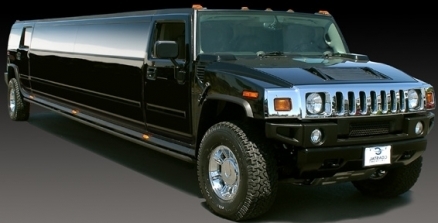Consumer Preferences: Larger Cars, Faster...
Consumer Preferences: Larger Cars, Faster Acceleration
| Topics: |
Economics and regulations aside, consumers prefer larger vehicles with faster acceleration. This requires engines that are more powerful. Since the mid-1980s, when petroleum prices began to decline after the oil crises of the previous decade, vehicles in the United States and the European Union have gained weight, more powerful engines, and faster acceleration.
Only through technological advances have vehicle fuel efficiencies in the United States, Europe, and Australia held steady or increased slightly. In Japan, the number of “miniature” vehicles (having engine displacement of less than 661 cubic centimeters) and “standard” vehicles (engines of greater than 2000 cc) have grown at the expense of “small” vehicles (having engine displacement between 667 cc and 2000 cc), and now annual sales of all three sizes are nearly equal.
Reviews of new vehicles often focus on size and acceleration. For example, the front page of a 2007 newspaper poses the question, “Redesigned Toyota SUV gets a little bigger, but is it big enough?” [1] Automobile manufacturers complain, with some justification, that they have had difficulty in selling the small, fuel-efficient cars that they offer. [2] Consequently, manufacturers canceled many of these models and supersized others.
Consider the case of a Toyota Scion xB purchased in 2006. This model, which comfortably seats three hockey players and their equipment, had by one accounting the lowest total energy cost per mile of any car in the United States, including gas-electric hybrids [3] (hybrids may have higher total energy costs than some non-hybrids if one considers the manufacture, replacement, and disposal of such items as batteries and electric motors).
The xB model introduced a year later, in 2007, is 8% longer and 4% wider, yet has little more useable interior space. It is 29% heavier than the previous model, its engine displacement is 60% larger, its acceleration is 19% faster, and its fuel efficiency in city driving has decreased by more than 30%. Nevertheless, the new model with its larger size and side airbags should be safer than the previous one [4], and Toyota obviously believes that these changes will make the Scion xB appeal to a wider audience. Consumer trends of opting for the larger and faster in personal vehicles suggest that Toyota won’t likely be wrong.
[1] Healey, J. R. (2007) Highlander packs a lot in a tidy package. USA Today, August 31, 2007.
[2] European Automobile Manufacturers Association (2007) Highly Efficient Cars are Available, but not much Loved. http://www.acea.be/examples_of_low_demand_for_fuelefficiency, accessed July 16, 2007.
[3] CNW Marketing Research (2007) "Dust to Dust" Automotive Energy Report, Bandon, OR, http://cnwmr.com/nss-folder/automotiveenergy/DUST%20PDF%20VERSION.pdf.
[4] Insurance Institute for Highway Safety (2006) Minicars: first crash test results. Status Report (Dec. 19, 2006) 41:1-4.
This is an excerpt from the book Global Climate Change: Convergence of Disciplines by Dr. Arnold J. Bloom and taken from UCVerse of the University of California.
©2010 Sinauer Associates and UC Regents

0 Comments